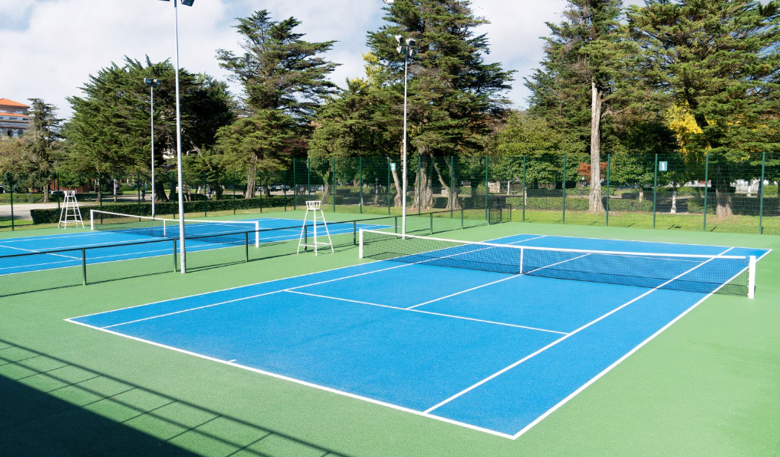Timeline Expectations for Full-Service Tennis Court Repairs

Whether you manage a recreational facility, school grounds, or private estate, maintaining a safe and visually appealing tennis court requires timely and professional repairs. Planning your project around realistic timelines helps minimize downtime while protecting the integrity of the court. With tennis court repair in South Carolina in mind, it’s helpful to understand what factors affect the timeline and what to expect at each stage of the process.
Factors That Affect Repair Timelines
The time required for full-service tennis court repairs depends on several variables. These include the type and extent of damage, the surface material, weather conditions, and the availability of materials and crews. Minor surface cracks or color coating updates may take only a few days, while major resurfacing or structural repairs can take several weeks.
Another crucial factor is the condition of the existing court. If underlying drainage or subbase issues are discovered during the inspection, additional time will be needed to address them properly before resurfacing begins. Starting with a detailed assessment ensures that repairs aren’t just cosmetic but durable and long-lasting.
Step-by-Step Overview of the Repair Process
Every repair project follows a series of steps, each contributing to the final result. The process typically begins with an inspection and planning phase, which may take a few days depending on site access and weather. During this phase, professionals determine what repairs are necessary and what equipment or materials will be required.
Once the scope of work is confirmed, preparation begins. This includes pressure washing, crack filling, patching low spots, or removing debris. For repairs that involve resurfacing, this step is followed by leveling the surface and applying new color coats. Each coat may require a drying time of 24 to 48 hours, depending on humidity and temperature. Line striping and final cleanup bring the process to a close.
How Surface Type Impacts Repair Time
The type of court surface plays a significant role in determining repair duration. Hard courts like asphalt or post-tension concrete require specific patching techniques and sealants. Clay courts, on the other hand, involve material replenishment, compaction, and regrading, which take longer and are weather-dependent. Understanding the types of tennis court surfaces helps outline how each material requires its own maintenance timeline and approach. Understanding the surface type helps set proper expectations and ensures that the repair work is tailored to your court’s needs.
See also: How to Extend the Lifespan of Your Commercial Plumbing System
Scheduling Around Season and Usage
The best time to schedule tennis court repairs is during dry, moderate weather typically spring or early fall in South Carolina. This allows for faster drying times and fewer weather interruptions. Planning around peak usage periods is also important for clubs and schools. Advanced scheduling avoids conflicts with tournaments, training sessions, or recreational use. Contractors often get booked during optimal weather windows, so early planning is recommended. A flexible timeline allows for unexpected delays and ensures the work can be done thoroughly without being rushed.
What to Consider Before Starting
Before beginning any repair work, it’s important to think through your long-term goals for the court. Will resurfacing be enough, or is it time for a surface upgrade? Are there drainage or fencing issues that should be addressed at the same time? Evaluating these factors helps create a plan that improves both performance and longevity. Understanding what to consider before installing a tennis court, such as structural, location, and material factors, can lead to better long-term outcomes. These same elements should also be evaluated when repairing or upgrading an existing court, as assessing structural, location, and material factors that can lead to better long-term outcomes. These same considerations apply when restoring or repairing an existing court.
Conclusion
While every tennis court repair project is unique, understanding the general timeline and influencing factors helps you plan effectively. From inspection and prep to drying and finishing, each stage plays a critical role in ensuring lasting results. Taking time to evaluate surface type, seasonal conditions, and broader court needs will ensure your repair investment supports both performance and durability.

